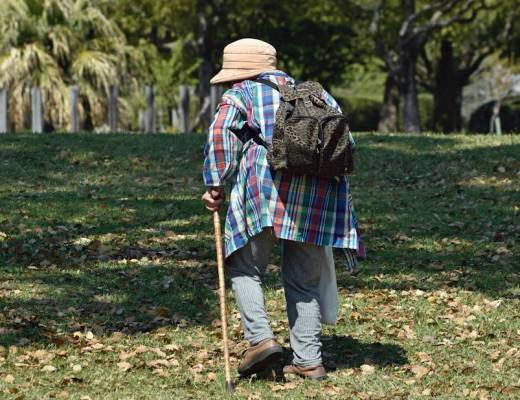China’s economy is shifting gears to cater to a fast-growing elderly population. In light of recent demographic changes, industries serving older adults expand rapidly, offering products from anti-aging cosmetics to care homes for seniors. As healthcare improvements and longer life expectancies cause senior population numbers to skyrocket, the need for aging services and senior-targeted products also rises.
Traditional industries are morphing to meet this change, developing a range of products to match evolving customer needs. Innovative technologies like Artificial Intelligence (AI) and robotics are finding utility in aged care, providing more convenience and improved quality of life. The surge of elder care enterprises and the growth of senior-oriented product manufacturers reveal the new opportunities stemming from this transition.
Despite the overall population decline, seniors in China are progressively increasing due to historic low birth rates. At present, the Chinese population aged 60 and above equals around 330 million, matching the current population of the United States. This growth presents both challenges and opportunities, straining the nation’s healthcare system and social security funds, but also creating a substantial market for elderly-focused products and services.
Along with this transition, China’s government promotes policies to boost the “silver industry”, as a way to adapt and foster growth in line with demographic shifts. Thus, the growth of the aging population encourages increased research and investment in geriatrics and gerontology, while tech companies explore AI-based solutions for health and home care.
Historically, Chinese traditions favored larger families, a trend only changed with the implementation of the one-child policy in 1979. Today, descendants of these families, now between 50 and 70 years old, are themselves aging and requiring care. This burden often falls on the younger generation, establishing the ‘4-2-1’ problem, where each child is responsible for two parents and four grandparents.
Aging Chinese citizens, seeking improved living standards, are equally driving market changes. The expansion of the ‘silver economy’ is seen as a potential solution to meet the growing demand for diverse services and products targeting the elderly; including healthcare, leisure, and e-commerce services. This shift is not only addressing the domestic aging crisis but also contributing to China’s socio-economic development.
Lastly, with substantial growth in China’s anti-aging market, quadrupling sales from 2020 to 2022, understanding societal advancement and personal adjustments has become crucial. The market’s success is largely due to an increased awareness of good health and youthful appearances among Chinese citizens. Companies need to adapt continuously to meet evolving consumer demands in the competitive anti-aging market.







